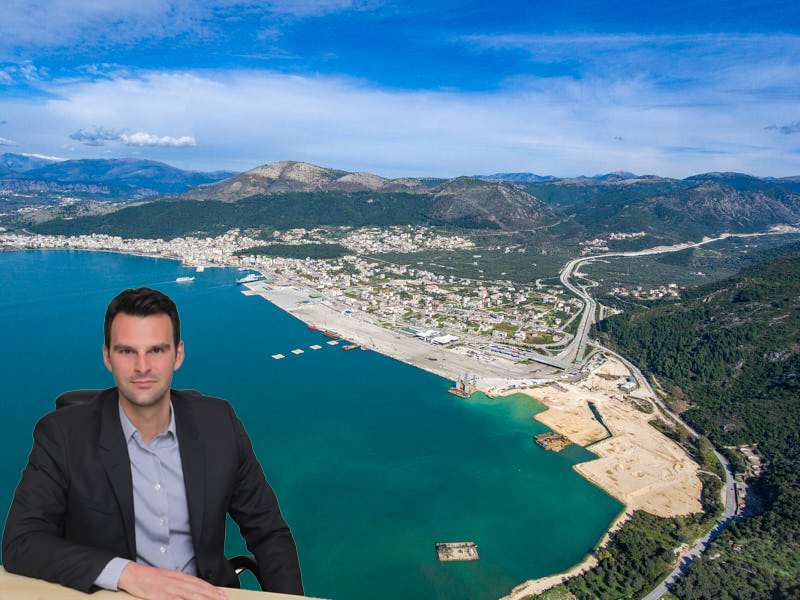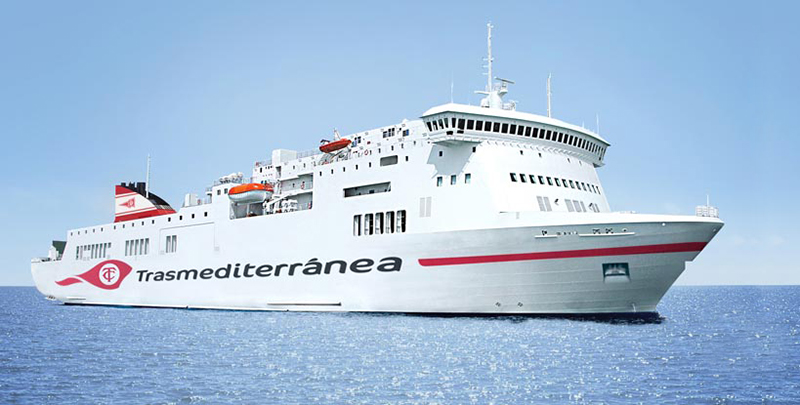New DFDS Mega Freight Ferries n° 3 and 4 to be Deployed on Belgium – Sweden
The DFDS freight website now shows that the 3rd Chinese mega roro, Hollandia Seaways, will start to operate on Ghent – Gothenburg next week. She arrived in Sweden after the long delivery trip, which included berthing trials in Vlaardingen and Immingham.
DFDS expects in Q2, 2020 to replace the three freight ferries currently deployed on Gothenburg – Zeebrugge with the 4th 6,700 lane metre mega freight ferry. The ferries that are replaced are expected to be deployed elsewhere in DFDS’ European route network.
The first two units, Ephesus Seaways and Troy Seaways (photo), are in service in the Mediterranean Sea.
DFDS & CLdN: Space Charter Agreements on Gothenburg – Zeebrugge
In June 2019, DFDS added the freight ferry route between Gothenburg and Zeebrugge to its portfolio.
DFDS currently deploys three freight ferries, offering five weekly departures in each direction: Magnolia Seaways, Belgia Seaways and Gothia Seaways.
In order to optimise capacity utilisation, DFDS has entered into two mutual space charter agreements with CLdN that also operates a freight ferry route between Gothenburg and Zeebrugge.
The space charter agreements entail that capacity is shared between route operators while all commercial activities remain entirely under the control of each operator.
“We are very pleased to announce our new space charter agreements. The flexibility of the agreements entails that we reduce the environmental footprint while offering a total of ten weekly departures in each direction on our two routes between Sweden and Belgium to support trade and the growth of our customers”, says Peder Gellert Pedersen, Executive Vice President, DFDS Group, and Head of Ferry Division.
The space charter agreements are expected to start on 1 January 2020. When the agreements are fully implemented, DFDS and CLdN are each expected to deploy one freight ferry on their respective routes between Gothenburg and Zeebrugge.















